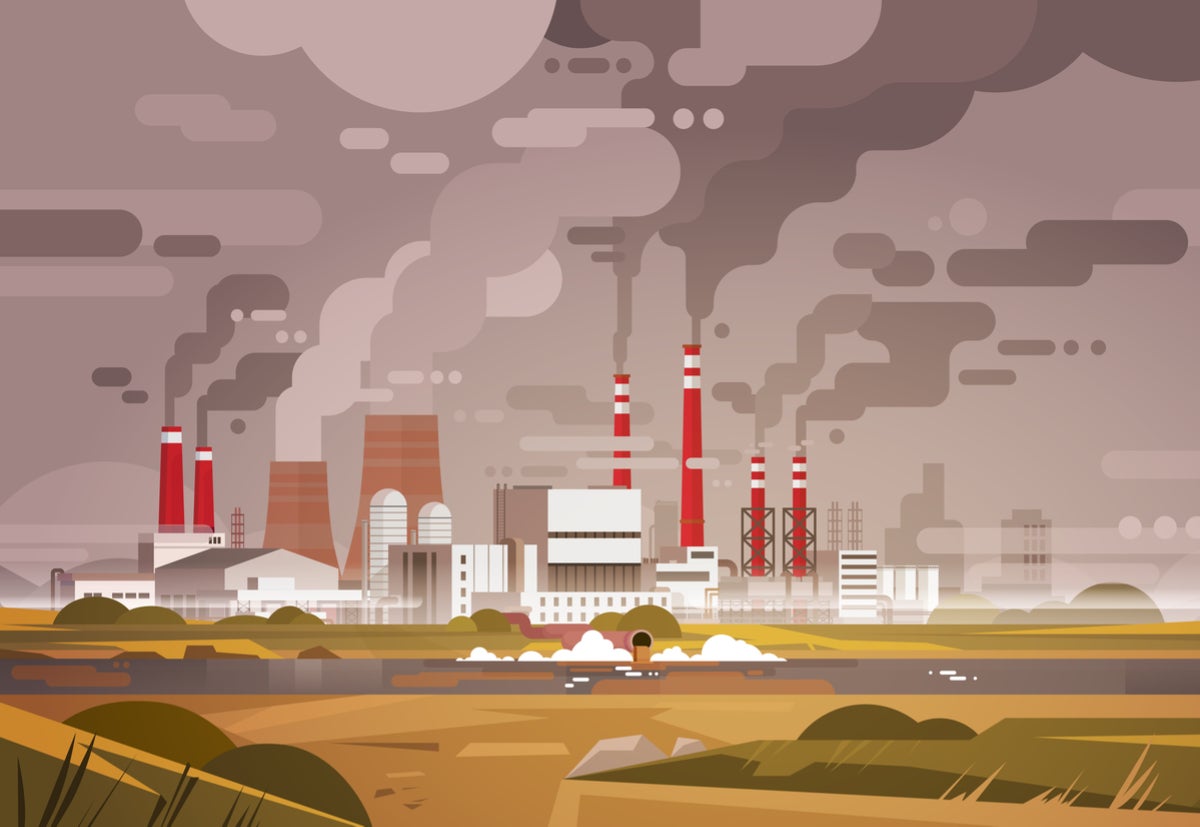
The government of the United Kingdom has unveiled a new Clear Air Strategy, setting a “bold new goal” to reduce pollution and grow clean energy use over the next decade.
Rather than focus on car emissions, like many previous initiatives and agreements that have previously introduced, the new plans will attempt to tackle smaller sources of pollution that continue to fuel climate change and reduce air quality.
“Vehicles are not the only source of harmful emissions,” according to GOV.UK, “Air pollution is a result of the way we currently generate power, heat our homes, produce food, manufacture consumer goods and power transport.”
Countries the world over face the same problems. According to the World Health Organization, some nine in every 10 people worldwide are exposed to polluted air, which causes an estimated 7 million deaths each year. So how can air cleaning technology help to solve the problem?
Vehicle technology
It cannot be ignored that the use of vehicles, including cars, trains and aircrafts, are among the leading causes of air pollution.
However, with governments and regulatory bodies cracking down on vehicle emissions in recent years, the automotive industry has been seeking out new ways to reduce emissions. There is never a shortage of new electric vehicles and technologies on display at the various auto and tech trade shows held around the world each year.
How well do you really know your competitors?
Access the most comprehensive Company Profiles on the market, powered by GlobalData. Save hours of research. Gain competitive edge.

Thank you!
Your download email will arrive shortly
Not ready to buy yet? Download a free sample
We are confident about the unique quality of our Company Profiles. However, we want you to make the most beneficial decision for your business, so we offer a free sample that you can download by submitting the below form
By GlobalDataIn fact, this year Hyundai will release a car that not only produces lower emissions, but cleans the air while it drives.
The Hyundai Nexo is hydrogen fuel cell-powered, which takes in hydrogen gas and mixes it with oxygen to create a chemical reaction resulting in electricity and water vapour.
According to Hyundai, the air that is taken in is purified by 99.9%, creating 26.9 kilograms of pure air for every hour of use. This equates to approximately the same amount of air breathed by 42 adults in the same period.
This will follow vehicles like the Toyota Mirai and Honda Clarity which have previously made use of the technology.
There are still some concerns about the way that hydrogen fuel is produced. This is usually done by stripping hydrogen out of natural gases. However, development of this technology will likely lead to cleaner methods, such as electrolysis, where water is broken down into hydrogen and oxygen.
The focus on hydrogen has led to many concepts and products, including hydrogen-powered trains, with plans to use the technology on British railways by 2022, and trucks, with Toyota currently working on a zero emissions hydrogen-powered truck.
Wearable technology
While wearables more commonly refers to the technology that you might wear on your wrist, such as a fitness tracker or smartwatch, wearable nose technology can provide a breath of fresh air in polluted areas.
Airlens, for example, is a smart nasal filter that sticks underneath your nose. Small and inconspicuous, its active molecular technology traps pollutants before they enter your nose while allowing air to pass through freely.
Airlens pairs with an app that uses satellite, weather and traffic data to provide accurate air quality readings that help to safeguard against exposure to pollutants.
While prevention is ultimately a better solution, technologies like Airlens at least offer some level of protection to the health conscious.
Smart materials
Many have long touted photocatalytic materials, in the form of paint or cladding on buildings and structures, as the answer to poor air quality.
As recently as October last year, the Dubai Municipality announced that it would apply “smart paint” throughout the city’s public parks as a way to deal with its growing air pollution.
The material uses CristalActiv’s catalytic technology, which it claims can significantly reduce pollution levels by removing harmful pollutants from water vapour using titanium dioxide, such as when nitrogen oxides released by vehicles come into contact with the coated surface.
According to Khawla Al Ali, principal landscape architect at the municipality’s Public Parks and Horticulture Department, each square metre of paint provided as much clean air as one tree.
However, numerous studies have also concluded that photocatalytic paints do little good.
One study, conducted on behalf of the UK’s Department for Environmental Food & Rural Affairs, concluded that “there is little current evidence to suggest the widespread use of photocatalytic surfaces will reduce ambient concentrations of NO2”.
“Furthermore, there is a risk that these materials will result in the production of other undesirable species such as nitrous acid and formaldehyde, which can have wider impacts on atmospheric chemistry as well as adverse health impacts.”
Purifying technology
Air purifiers are nothing new. However, researchers and developers are now looking for ways to scale up these technologies in a way that can help to clear up the air in sprawling urban areas.
Studio Roosengarde, a Dutch design company, recently constructed a smog-free tower in Rotterdam, the Netherlands. This draws in dirty air and captures its ultra-fine polluted particles using parent ion-technology. This results in air that is up to 75% cleaner in the area surrounding the tower, while the pollutants are turned into smog-jewellery in order to fund further constructions.
Powered by renewable energy, the tower has an energy consumption of as low as 1,700 watts, while providing 30,000 cubic metres of clean air per hour.
China has turned to similar solutions in recent years to deal with its smog problem. A 328-foot air purify the size of a 20-story building was recently constructed in Xi’an, China, which is capable of cleaning 10m cubic metres of air each day. And according to the scientists leading the project, early results showed promising improvements in the city’s air quality.
A small impact
However, according to Ally Lewis, professor of atmospheric chemistry at York University, attempting to clean outdoor air is akin to “trying to air-condition a room with the roof off”.
Even is city’s are to blame for a large amount of pollutants, these harmful chemicals do not stay contained within the areas that they are created. They spread throughout the atmosphere to heights that air cleaning technology like these purification towers are incapable of reaching.
In the grand scheme of things, these technologies are doing very little to clean the air, and the scale needed to have a significant impact would take up far more space than we have.
If we really want to improve air quality, while air cleaning technology can provide some improvement to small areas, the general consensus is that pollution needs to be reduced before it is created, rather than after it has been released into the atmosphere.




